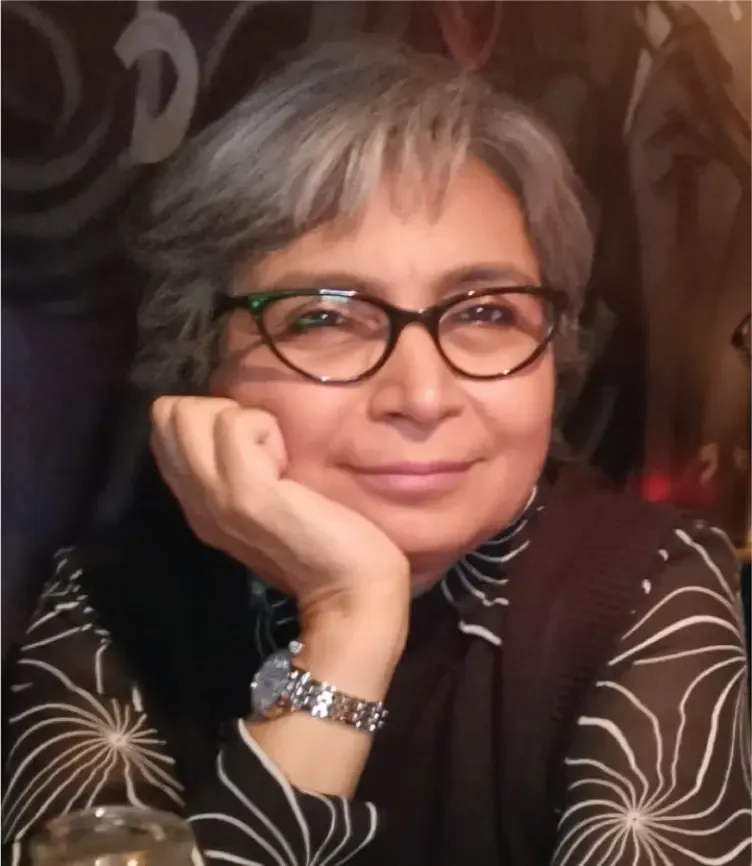Regulatory DNA links cancer and tissue regeneration

A new study in Life Science Alliance reveals a key genetic connection between cancer susceptibility and tissue regeneration. Researchers at Karolinska Institutet identified a super-enhancer region upstream of the MYC gene essential for tumor development and tissue repair.

Cancer has often been described as a wound that does not heal, with tumor cells mimicking tissue that is regenerating after damage. The exact genetic mechanisms behind this similarity, however, have remained unclear.
This new study focused on a super-enhancer region upstream of MYC, a hotspot for cancer risk variants. Researchers found this region is vital for intestinal regeneration after radiation damage. Mice lacking the region (Myc Δ2-540/Δ2-540) failed to regenerate intestinal crypts and continued to lose weight, unlike wild-type mice.
“Our findings suggest the Myc2-540 super-enhancer region serves as a genetic link between regeneration and tumorigenesis, it is essential for activating stem/progenitor cells and restoring normal stem cells expressing the marker Lgr5”, says Inderpreet Kaur Sur, first author of the study and researcher in Jussi Taipale’s group at Karolinska Institutet.
Insights that may shift drug development strategies
By growing intestinal cells in three-dimensional organoid cultures, the research team showed that regenerative conditions can reprogram normal adult cells to proliferate using mechanisms similar to those used by cancer cells. Both the growth of intestinal cells in such organoid cultures and the growth of cancer cells in mice required the Myc2-540 element. By contrast, normal homeostasis of the mouse intestine does not require the Myc2-540 element, even though cells in the intestine continuously proliferate to renew the intestinal lining. This indicates that homeostatic proliferation is distinct from the rapid growth seen during tissue repair or tumor development.
“Normal and regenerative proliferation rely on different genetic programs. Importantly, these insights may shift drug development strategies. Many compounds that block the growth of cultured normal cells are discarded, as they are thought to be toxic. Yet our study suggests some such compounds may specifically target cancer and regenerative cells—while sparing normal tissue”, says Inderpreet Kaur Sur.
The MYC super-enhancer region on chromosome 8q24 contains cancer risk variants such as the G-allele of SNP rs6983267, which is present in over half of people with European ancestry and a majority with African ancestry. This variant increases colorectal and prostate cancer risk by over 20%.
Publication
Shared requirement for MYC upstream super-enhancer region in tissue regeneration and cancer.
Sur I, Zhao W, Zhang J, Kling Pilström M, Webb AT, Cheng H, Ristimäki A, Katajisto P, Enge M, Rannikmae H, de la Roche M, Taipale J
Life Sci Alliance 2025 Jun;8(6):
